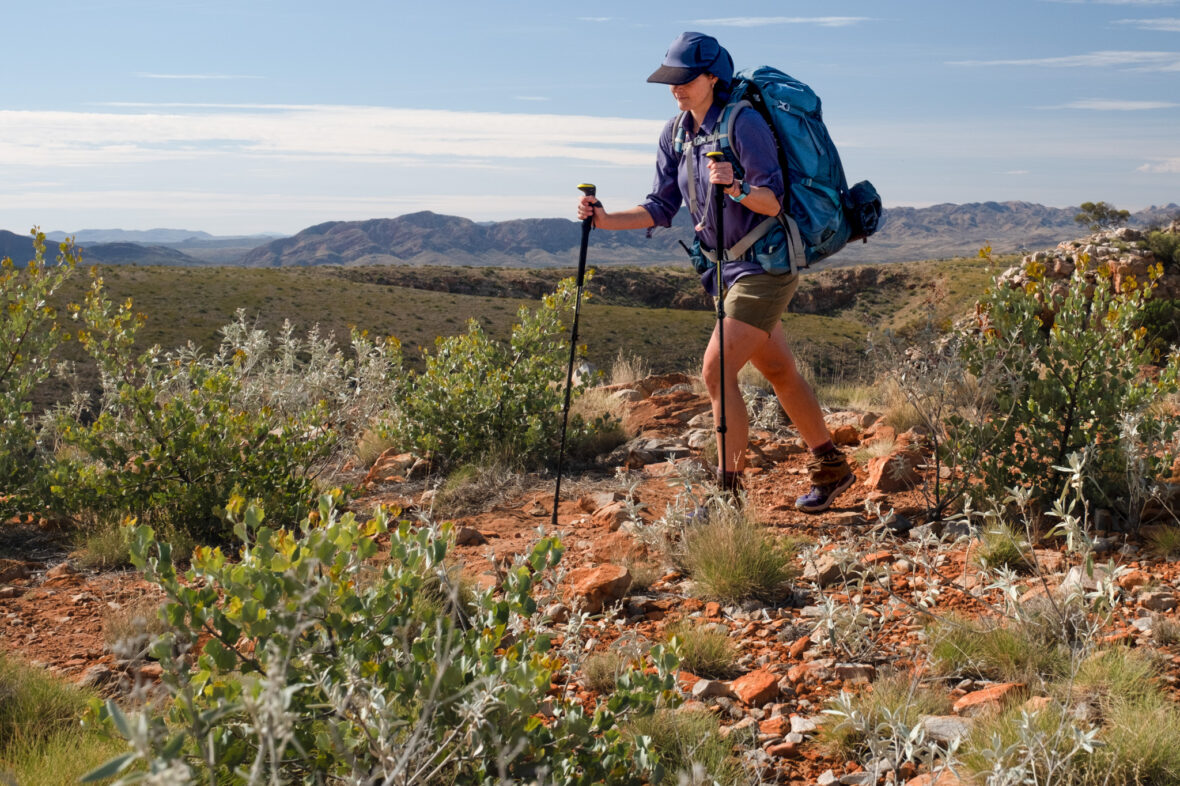Hiking the remote and ancient lands of the Northern Territory’s Larapinta Trail is a journey of discovery in more ways than one.
We reach our first camp to a setting sun and roaring campfire that takes the chill out of the icy desert air. Our introduction to the Larapinta Trail has been a gentle one, with a 2km hike to Simpsons Gap along a dry riverbed studded with ghost gums. The rivers flow upside-down here, so while we’re walking on sand, water is flowing underground beneath our feet. It’s the first of many unexpected lessons we learn in this rugged, wild and utterly beautiful part of Outback Australia.
Before we set off on the first section (there are 12), Indigenous elder Kumalie Kngwarraye joins us on the riverbed to share some of her cultural heritage and connection to the land. We’re in Arrernte Country, where her people have lived for more than 40,000 years.
Simpsons Gap, or Rungutjirpa, as it’s known in Arrernte, is a spiritual site and the mythological home of a group of giant goanna ancestors – the shape of a lizard drinking can be made out from afar in the shapes and shadows of one of the steep ranges flanking the waterhole. It’s peaceful here, the dark water reflecting the trees and red rock faces rising steeply on either side.
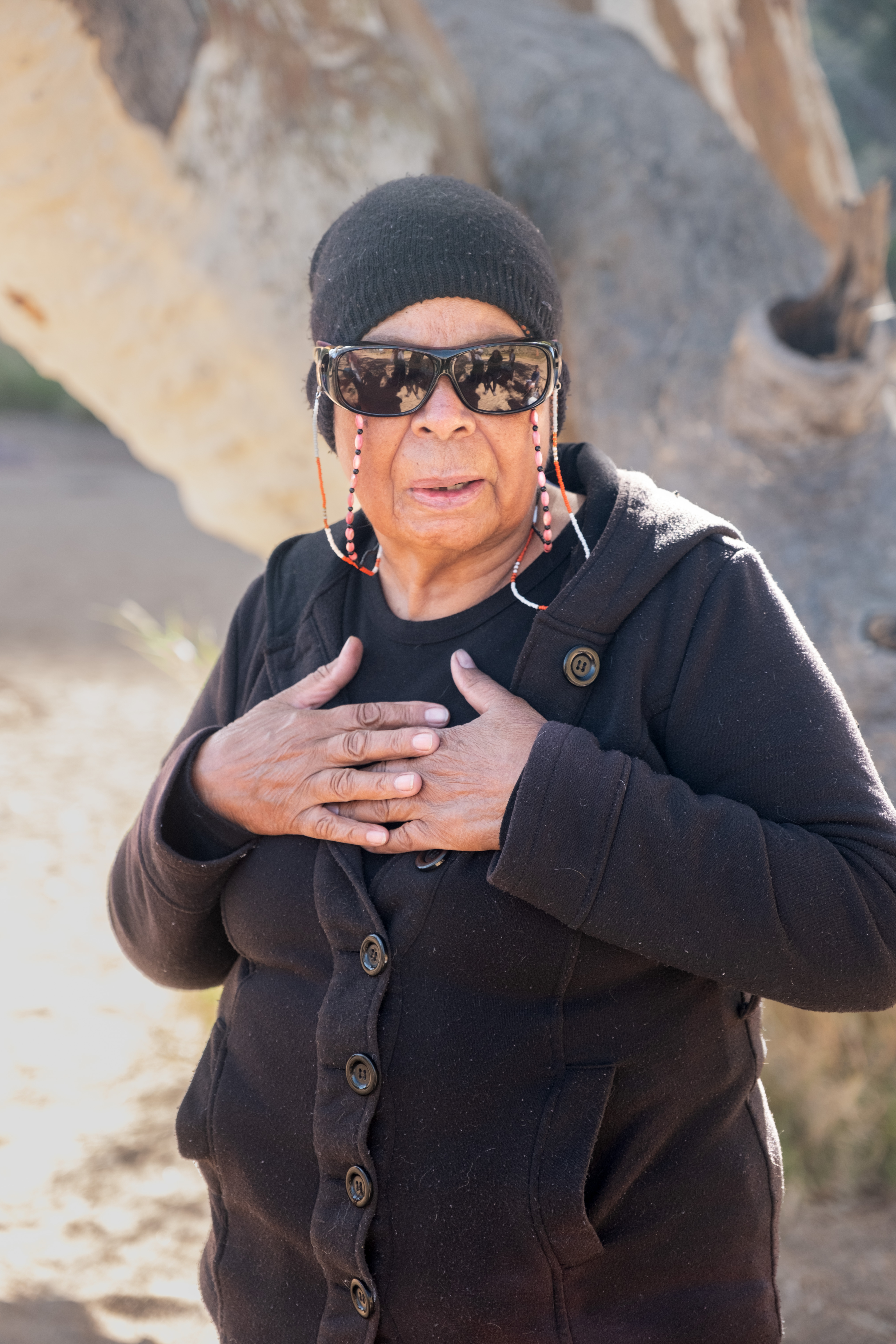
The easy walk in has me excited for the longer day hikes that lie ahead. “I’ve got this,” I say to myself, taking another sip of water to hydrate. Hydration is going to be important – by day, it can be hot and windy on the Larapinta, which often runs along the top of high ridges exposed to the elements.
We’ve arrived armed with plenty of information like this, along with a duffle bag full of layers, sturdy hiking boots and a set of walking poles. Australian Walking Holidays are the experts when it comes to hiking the Larapinta, and offer a range of ways to tackle it – from a 14-day end-to-end trip to a 3-day highlights experience. We’ve signed up for a 5-day adventure, supported by three fit and knowledgeable guides to lead the way and encourage us when the going gets tough.
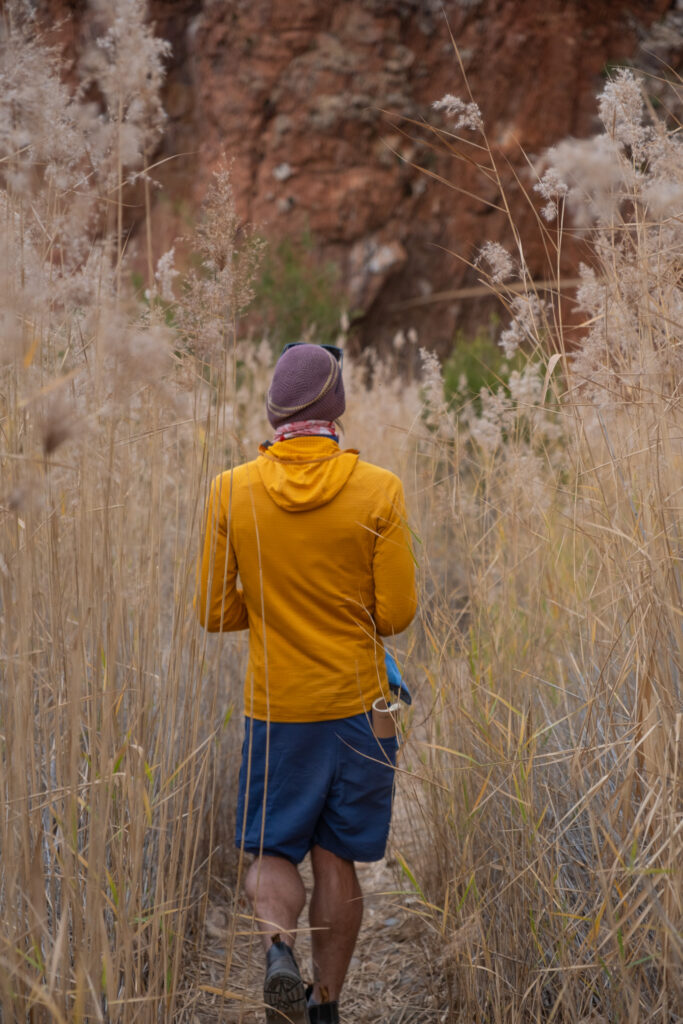
Coming out here just gives you time to think – walking the trail can be the stimulus for a different direction in life; it gives people the space they need to work things out.
Guide Ruth Watt
Home comforts
At each camp, we settle into roomy tents with swags and sleeping bags. It’s not quite glamping, but it’s definitely comfort camping. These eco-camps sit lightly on the land and can be easily removed without leaving a trace. So while there are hot showers to wash away the dust of the day, it isn’t simply a matter of turning on a tap. Buckets of cold water are poured into a gas-powered ‘donkey’. The water comes out hot through a spout at the base, which you collect in a bucket and hang in the outdoor enclosure to have your shower (eco shampoo and body wash supplied). The toilets are the non-flushing kind, you wash your hands by dipping a cup into a bucket of water at an outdoor sink, and head torches are required to find your way back to your tent after dark.
Mercifully, our bags are transported for us from camp to camp and, at the end of each day’s hiking, our guides prepare nourishing meals for us to devour in the open-sided communal living/kitchen/dining area – vegetable curry, tarragon chicken with roast veggies and salad, a lamb roast with all the trimmings. Desserts are delicious too – chocolate pudding with coconut yoghurt, apple crumble with custard … we’re well fed.

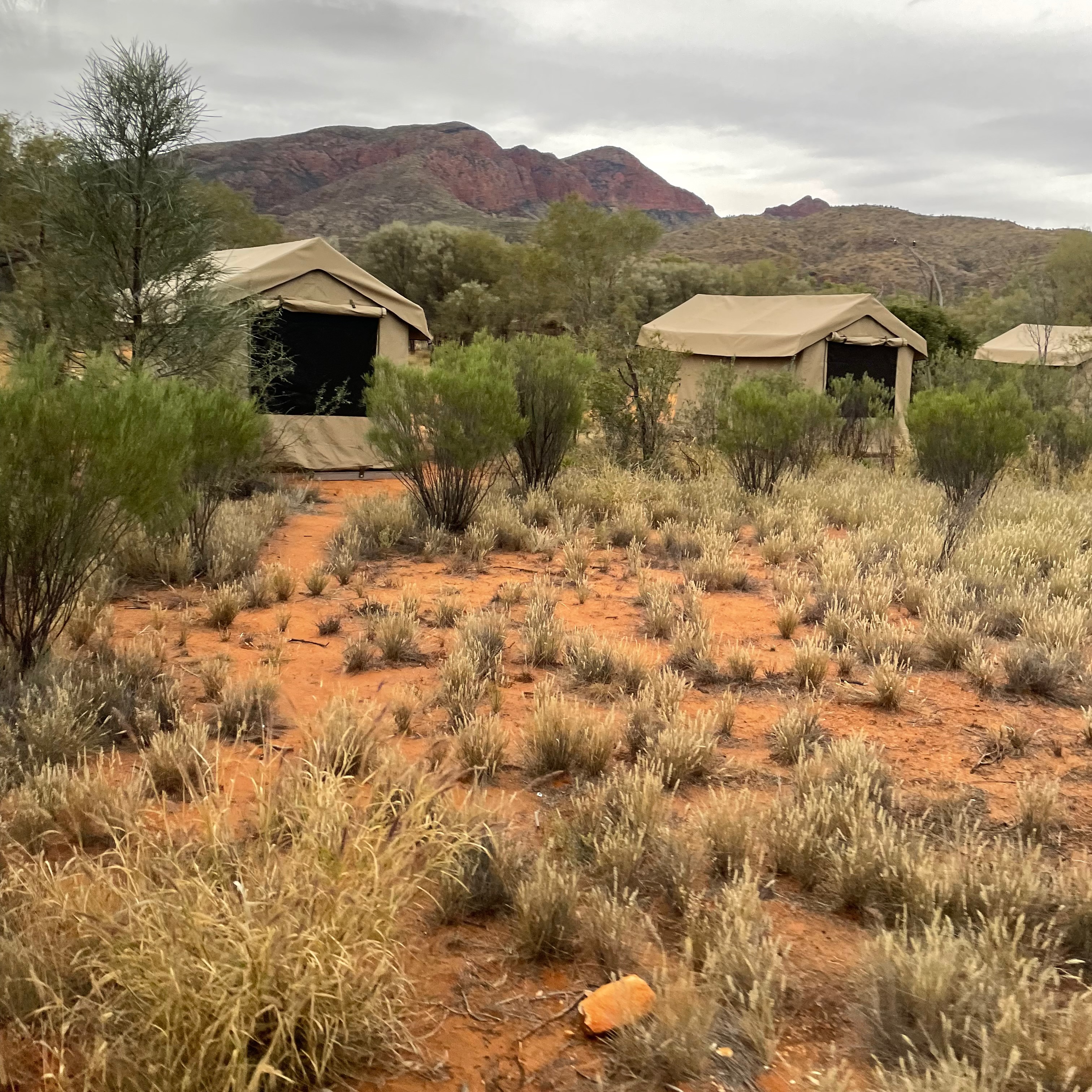
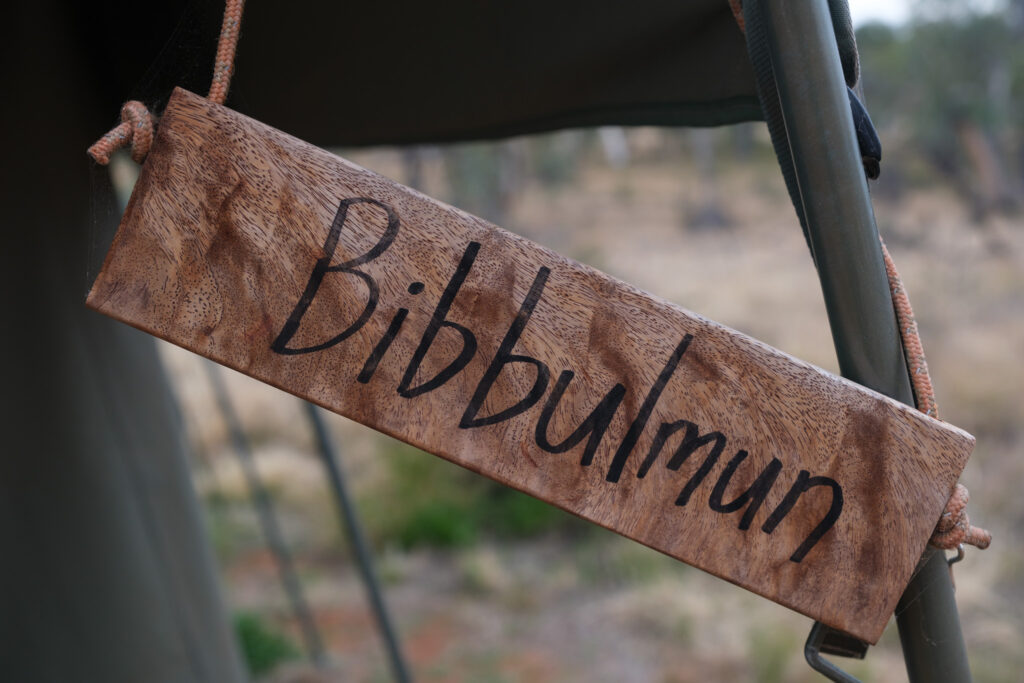
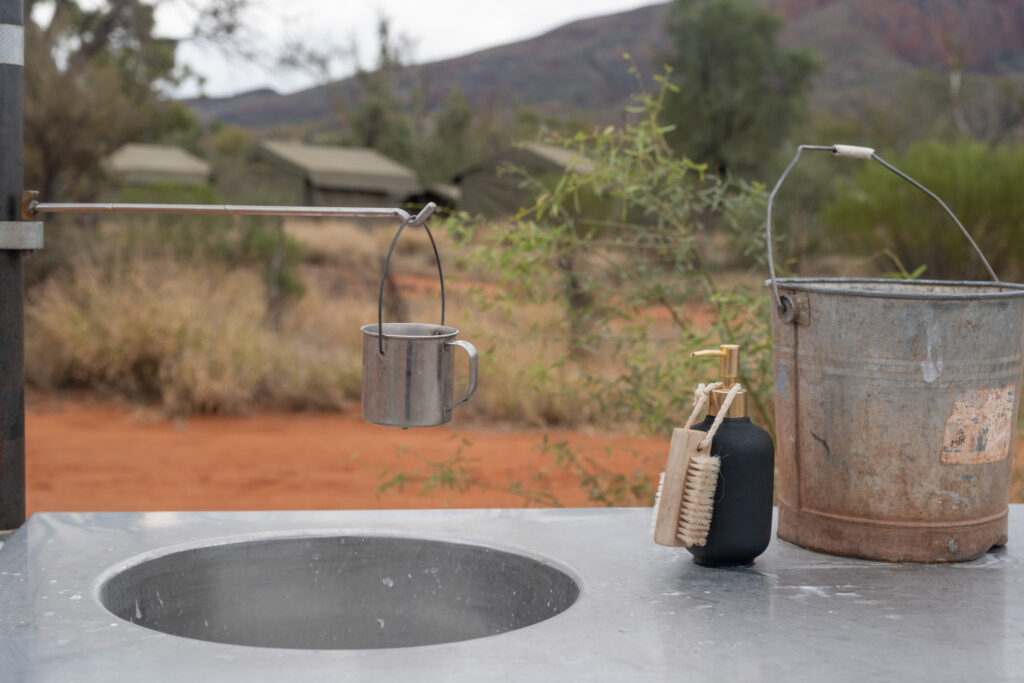
Hiking the trail
We rise each morning before dawn and set off shortly after breakfast (porridge, chia pudding, bagels with cream cheese and salmon), each carrying 3-4 litres of water in our day packs. We eat well on the trail too, with snacks and picnic lunches designed to fuel our bodies – protein-rich salads and wraps, trail mix, fresh fruit (and chocolate when we need a little pick-me-up).
On day two, the bus drops us off at Serpentine Gorge for a 16km walk to the next camp. We set off at pace, walking uphill on a rocky trail for 3km before reaching the crest of a high ridge leading to Counts Point, a Larapinta highlight for the incredible views that stretch out to Mt Zeil on the western horizon.
I opt for a half-hour of solitude as the rest of the group climbs to a higher point for yet more views. After hours trudging in the hot sun, the shade of a tree feels as welcome as a blast of cold air. The caw of a crow, the fluttering wings of little yellow honeyeaters and the buzz of distant insects are the only sounds as I gaze out upon rows of undulating ranges striped in red, yellow and green – evidence of an ancient land shifting and changing over millions of years.
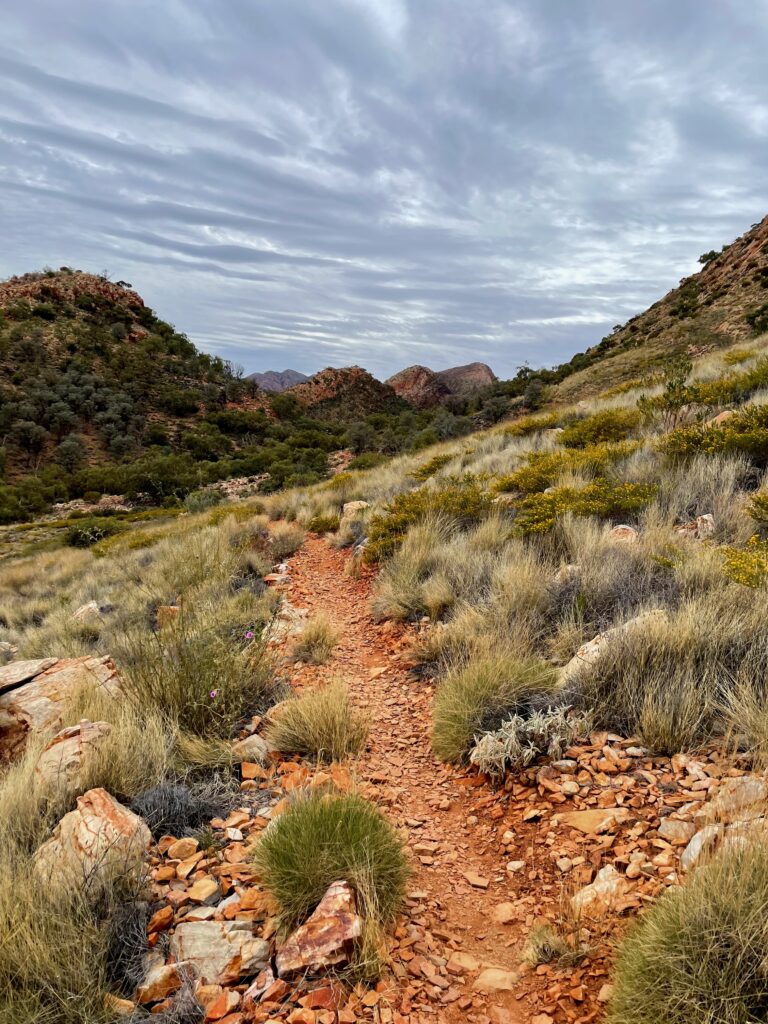
It may be beautiful here but the rocky terrain isn’t easy, and parts of the trail are nothing short of gruelling. My earlier bravado is wavering but I try to remind myself that true adventure requires stepping outside your comfort zone.
By the time we start our descent my knees are starting to protest. There’s still 5km until we walk into camp and the gap between me and the rest of the group soon stretches out to 30 minutes.
Guide Ruth Watt radios ahead to have another guide meet the group and walk with them into camp. Chatting to Ruth distracts me from the challenging terrain, taking away some of the frustration I feel at my body’s limitations.
I remind myself that all 12 sections of the Larapinta are rated moderate to difficult by The Parks & Wildlife Commission of the Northern Territory and I’ve still made it to camp in average time.
Journey of discovery
Not every kilometre of the Larapinta is as challenging. One day you’re picking your way up a rocky trail that requires your full attention so as not to trip, the next you’re strolling along a level trail through a forest glen, ochre pit or chasm, or hopping from boulder to boulder in a gorge before crossing a waist-deep river. At every turn, if you’re not greeted by amazing vistas, there are pops of wildflower colour springing from red dirt to delight you – swathes of pink and ground plants adorned in bright yellow, scarlet or cornflower blue.
“The trail is incredibly diverse and you can go to some places where you feel like you’re the only person in the world,” Ruth says.
The reasons people do the Larapinta vary too. Some come to share an experience with friends or family, others come solo, wanting to challenge themselves or to go on a journey of personal exploration. “Coming out here just gives you time to think – walking the trail can be the stimulus for a different direction in life; it gives people the space they need to work things out,” Ruth explains.
The guests that stand out most in her memory are the older ones with a zest for life. “It’s their attitude to life; they’re inspiring; there’s no stopping them. They make me go ‘I want to do what you’re doing when I’m your age’,” Ruth says.
When it’s time for me to leave these wild lands, I’m humbled, elated and filled with clarity about the way forward. The journey has left me wiser than when I arrived and, like many other hikers whose footsteps I have traced along the trail, I know it will never really leave me.
TRAVEL FILE
Australian Walking Holidays offers a range of ways to tackle the Larapinta Trail. Fly into Alice Springs to begin your adventure.
www.australianwalkingholidays.com.au
This article first appeared in MiNDFOOD magazine.

